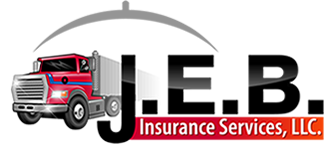Truck drivers understand the need for seat belt use. They know that it prevents them from getting thrown against the windshield, ejected from the cab, or otherwise getting tossed about in an accident. However, they may not appreciate that it’s only effective when used in a certain way.
Years of extensive testing on seat belts with crash dummies have demonstrated the effectiveness of seat belts. The problem is, seat belts are designed and tested for use in a specific way. There is no guaranty they will work when you deviate from their correct use. In fact, people misusing seat belts have suffered severe and sometimes horrible injuries. If you are relaxed about seat belt usage, there’s a good chance you may be making one of these three common mistakes:
Wearing the Lap Belt Too High
The lap belt should rest well below the navel across the hip bones. During a crash, your seat belt holds you in place. In the process of doing this, it’s going to exert large forces against your body. Only your hip bones are strong enough to bear this force. All too often, people wear the lap belt across their stomach area above the hips. This area is filled with soft internal organs that can get crushed by the belt during an accident.
Wearing the Shoulder Belt under an Arm
Placing the shoulder belt beneath an armpit feels more comfortable to some drivers. The problem with this arrangement is that very little bone will bear the force of a collision and can damage organs in the abdomen. Proper use of the shoulder belt spreads out the force against the upper rib cage, and the clavicle bone of the shoulder.
Wearing the Lap Belt Only
This is typically done by placing the shoulder belt behind the back. This places all the restraining force against the hip bone. About half of your mass is in the upper body, and it is attached to the hips by your lower spinal cord. In a crash, the upper body flies forward and yanks against the lower spinal cord, which in turn is attached to the (restrained) pelvic or hip bones. Your lower spine wasn’t meant to bear this much stress and may snap.
Use your seat belt properly when operating your commercial or owner operator truck. Failure to do this may cause serious injury or worse. For more tips and advice, or if you need commercial or owner operator truck insurance in Texas, contact us today.


